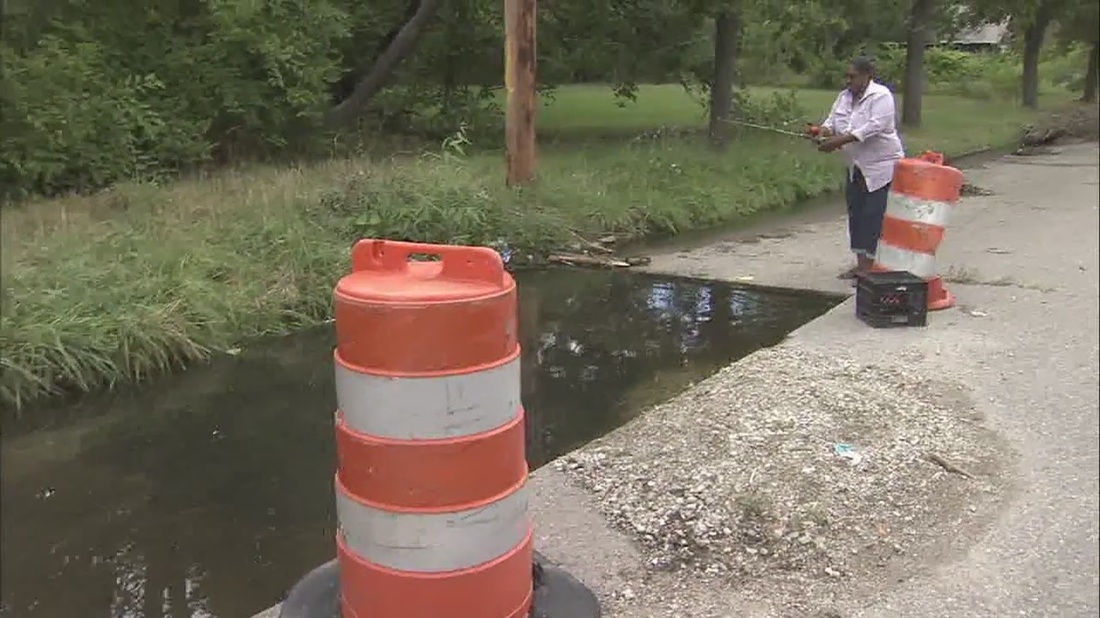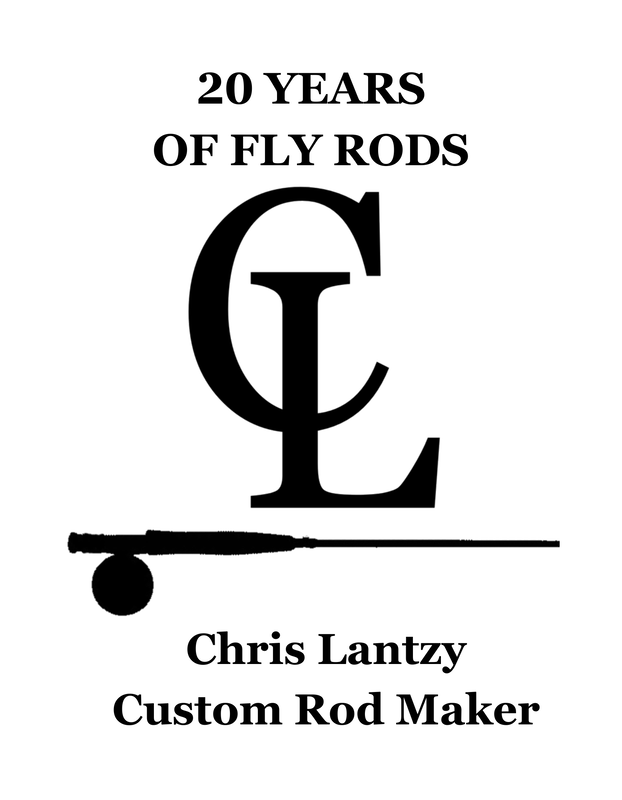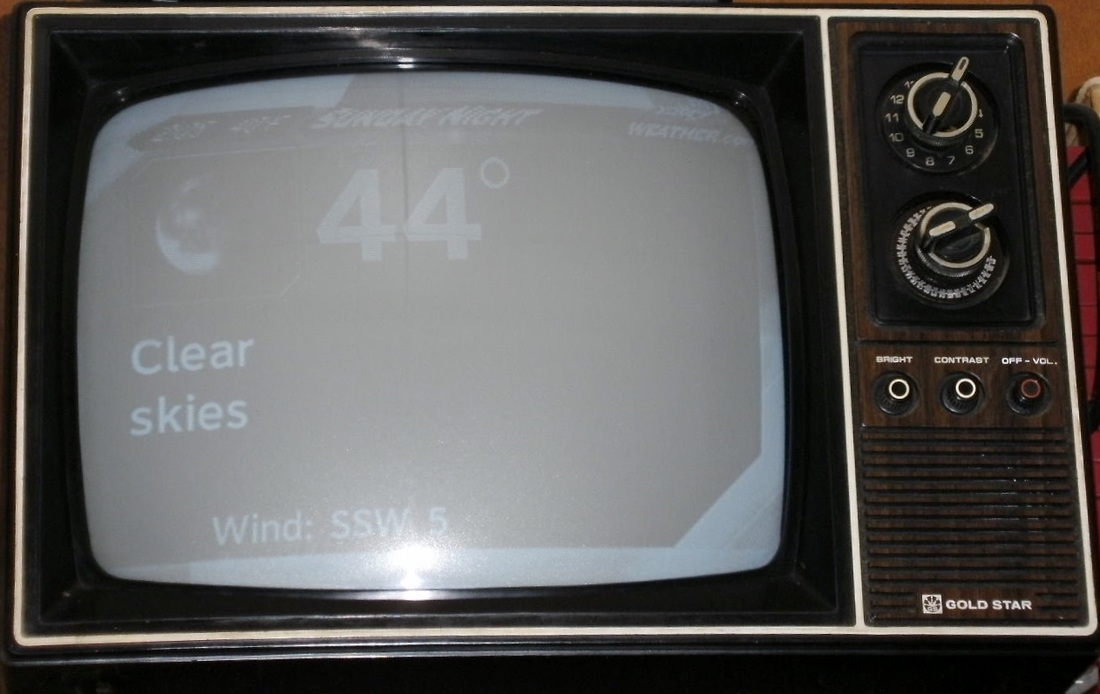It made news the other day when it became known that residents in one Detroit neighborhood had taken to fishing in a large sinkhole in one of their streets. You see, years ago a local gas company had been working on the lines there & they never filled in the hole they made. They just left it open. Residents complained, but evidently nobody who could do anything about it would listen.
Eventually, as any open hole in the ground might do, the whole filled up with water. So someone went out & stocked the hole with carp, bluegill, & gold fish - all good fish for sinkhole fishing. Residents began to fish the sinkhole & it has become a popular neighborhood attraction & pastime.
You can watch a local television news story about this "hot spot" here:






 RSS Feed
RSS Feed
